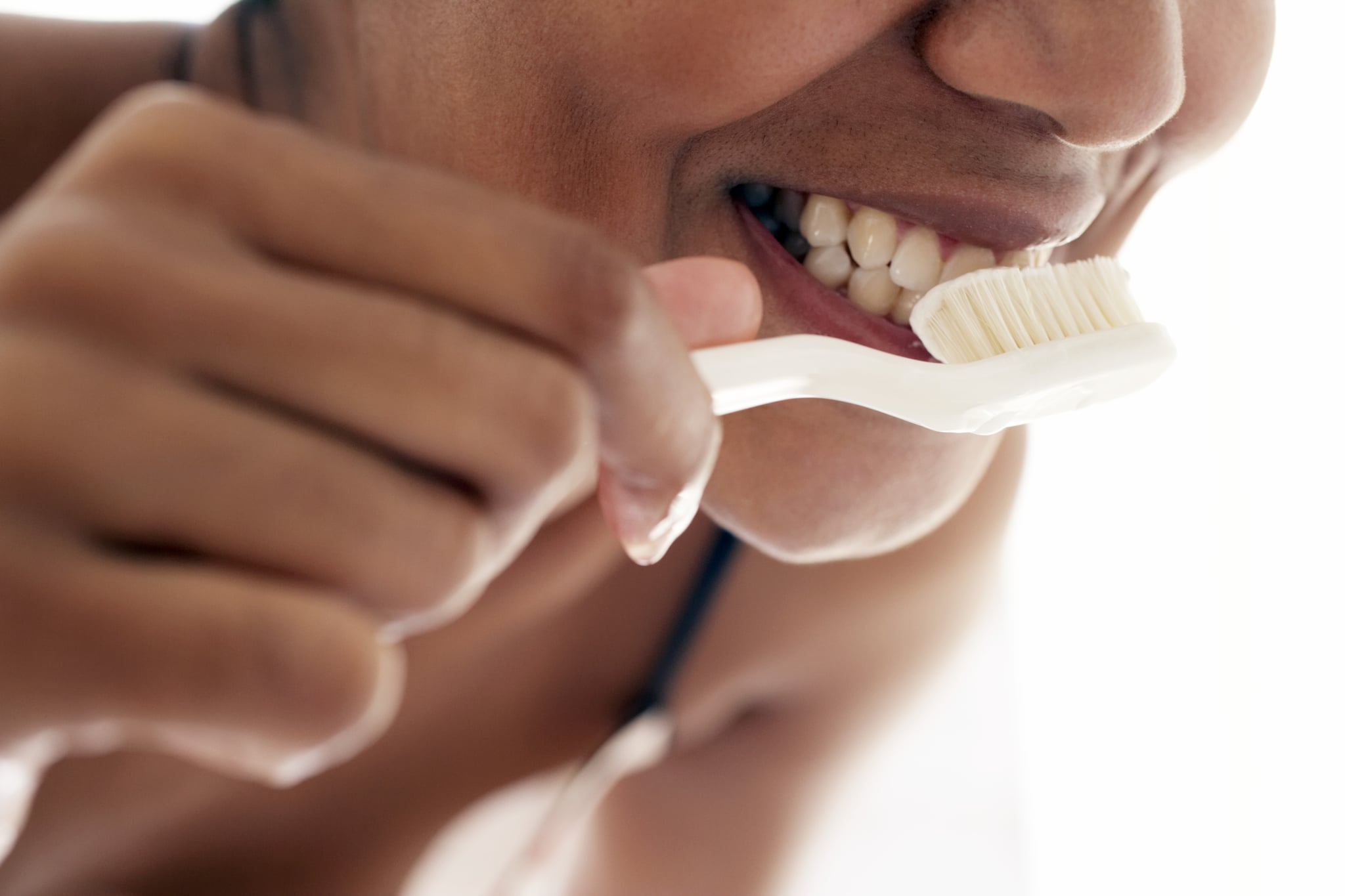
Plaque doesn’t just remain plaque if left on your teeth — it forms into tartar, and that’s an entirely different concern.
Plaque is soft, sticky, and colorless and can be removed with regular brushing and flossing. If left alone, plaque hardens and bonds with your teeth to become tartar and needs to be removed by a dental professional.
“Tartar develops when biofilm in our mouths combine with food byproducts — this then becomes mineralized from our saliva,” el-Malecki said. “Over 60 percent of people have at least some tartar buildup, which means it is a common oral health issue.”
He even described tartar as a porous “crusty blanket” that forms between your teeth and gum line and can easily trap stains and cause discoloration.
“Because we can’t remove tartar ourselves, many people wait a long time to seek treatment. While waiting, tartar can continue to build up and cause gum inflammation, gum recession, and, in severe cases, bone loss due to the bacteria that live in tartar, which produces toxins.”
While tartar-removing instruments (like metal picks) are available at your local pharmacy, el-Malecki strongly urges against using these products. Since the tartar-removing process requires specialized techniques using sharp tools, DIY approaches can very easily damage your gums.
“Generally, we use a scaler and an ultrasonic tip to remove tartar and stains while also flushing the gums with either distilled water or an antimicrobial solution,” he explained.
Regularly removing plaque from your teeth by brushing and flossing are the most effective ways you can prevent and eliminate tartar at home, el-Malecki said.
Despite one’s best efforts, though, sometimes accumulating small amounts of tartar buildup is unavoidable. That’s why it’s essential to make checkups and cleanings with your dentist a priority.











